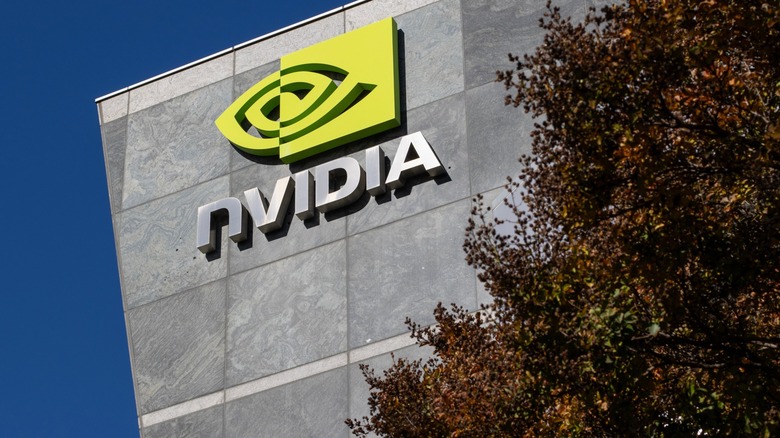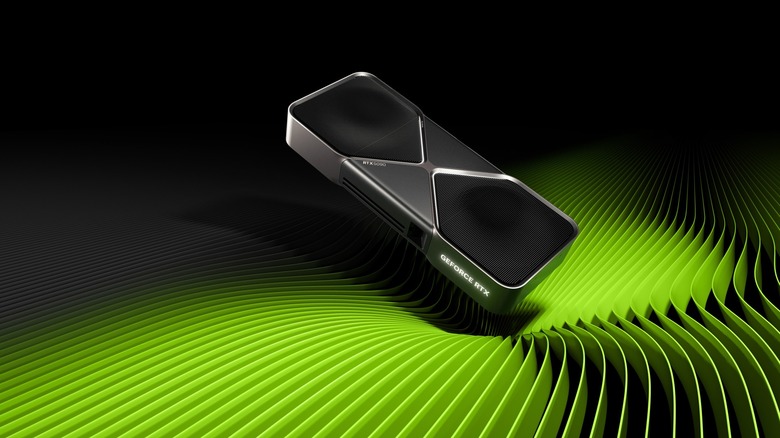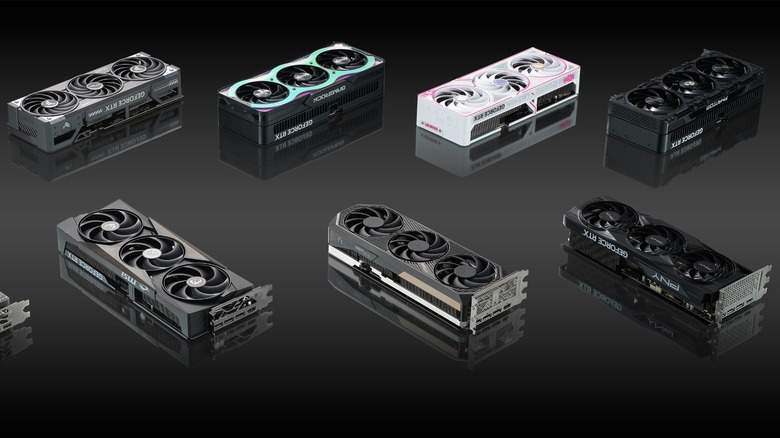Nvidia's New Flagship RTX Graphics Cards Are Missing A Big Feature
Nvidia's next-gen RTX 50-series GPUs are finally here, and they're flexing hard. With promises of GDDR7 memory, PCIe 5.0 support, and DLSS 4, these cards are built to crush 4K gaming and AI workloads like never before. It packs a lot of promises, so you won't have to wonder whether NVIDIA's RTX 5080 graphics card is better than the RTX 4090. But while Nvidia is speeding into the future, it's also tossing some legacy tech out the window; An omission which, for a certain slice of gamers and developers, is a real problem.
Nvidia has dropped support for 32-bit applications using CUDA. This also kills off GPU-accelerated PhysX features in many classic titles. You read that right. The company is no longer catering to retro gamers or niche developers holding on to old workflows. Instead, it's betting on a future where most users are focused on ray tracing, neural rendering, and cutting-edge generative AI. Here's all you need to know about Nvidia's new flagship RTX graphics cards and how they are missing a big feature.
Breaking up with the past
Without sugarcoating it, Nvidia is ghosting legacy features. We already said gamers should avoid the GeForce RTX 5060. Now, with the RTX 50 series officially dropping support for 32-bit CUDA applications, it signals a clear shift. No GPU-accelerated PhysX for older titles that still rely on 32-bit environments is a real deal. PhysX was once Nvidia's poster child. Games like "Mirror's Edge" and "Metro 2033" used it to deliver next-level immersive experiences. All of that relied on 32-bit CUDA processing. With the 50-series architecture, that capability is gone.
That means there is no more silky-smooth frame shifting in games like "Batman: Arkham City" or "Borderlands 2". It's now all CPU or nothing. Even worse, there's no workaround. Nvidia's support documentation confirms that the hardware itself no longer supports 32-bit CUDA at all. That means it affects any older software written with 32-bit dependencies. Compatibility is gone. You can still play those old games, but they won't look or feel the same. And unless you keep an older GPU in your rig, you're out of luck.
All in on the future frame
Nvidia's decision might feel like a betrayal, but it comes down to priorities. Dropping legacy support aims to free up silicon space, reduce driver complexity, and optimize performance. These get replaced with modern tasks like AI inference, real-time ray tracing, and upscaling. The RTX 50 series is all about next-gen performance. It is billed to be faster, smarter, and unapologetically modern.
The card is powered by an updated Blackwell architecture. With it comes a GDDR7 memory for higher bandwidth. Also, PCIe 5.0 for quicker communication. But DLSS 4.0 is undoubtedly the real star. It's Nvidia's latest AI upscaling tech, promising not just sharper frames but smarter ones. This shift might explain the legacy feature cuts. So maybe supporting 32-bit CUDA apps or aging PhysX middleware is a small sacrifice to pay. Especially when your new cards are aimed at 8K video editing, neural rendering, and full ray tracing. We'll leave it up to you to consider the pros and cons of upgrading to Nvidia's new RTX 50 series graphics cards.


